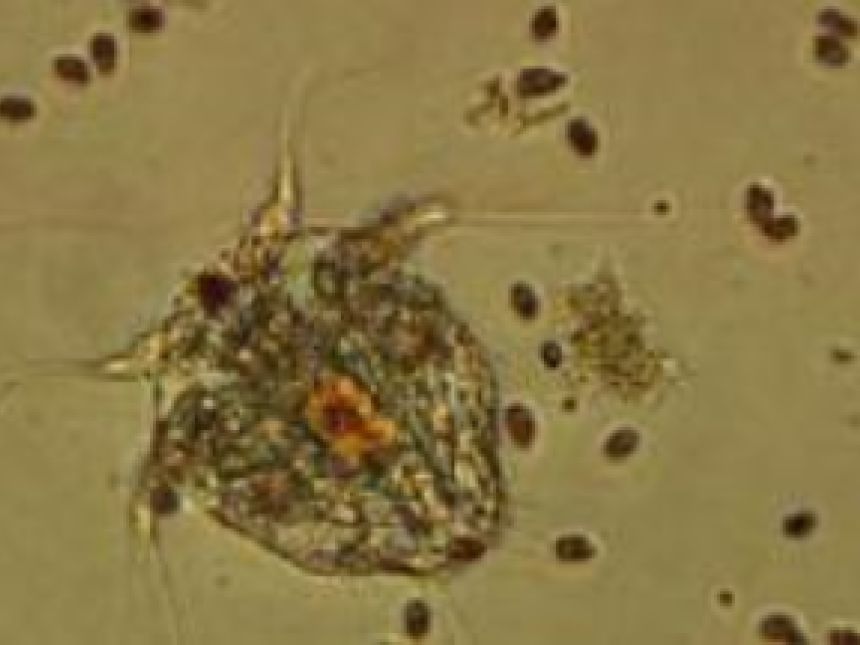
Risk Assessment of Veterinary Medicines Considerably Underestimated
Collateral damage
Diflubenzuron and teflubenzuron are benzoylurea pesticides which are used in veterinary medicines within aquaculture to do just that. Specifically, they are administered in fish farms via the feed and act as chitin synthesis inhibitors. Chitin is used by arthropodsas an exoskeleton. Think of it as a natural suit of armour.
Although the exact mechanism of action is not known, these pesticides are thought to inhibit the expression of the enzyme chitin synthase during moulting. Therefore, they are highly effective against the larval and pre-adult life stages of sea lice. Hence, by their very nature, chitin synthesis inhibitors are likely to also have significant effects on non-target species such as crustaceans and amphipods.
- In general, there is limited published ecotoxicity data on the developmental and chronic effect of benzoylurea pesticides, especially data on marine organisms, says Ailbhe Macken, researcher at the Norwegian Institute for Water Research (NIVA).
Risk assessment
Monitoring studies in and around fish farms have shown the presence of these substances in the marine environment. The work conducted at NIVA aimed to assess the potential risk of these substances at environmentally relevant levels and develop a test to identify developmental effects on important non-target organisms in order to feed into a more holistic risk assessment.
- We conducted a study where the initial aim was to optimize a test design for a naupliar developmental study using the marine copepod Tisbe battagliai. The finalized 7-day test was then used to assess the effects of diflubenzuron, teflubenzuron and a mixture of the two at environmentally relevant levels, Macken explains.
The results of these developmental studies were then compared with the results of acute short term studies with the same compounds and test species. Standard acute studies with adult copepods (as per international standards used in regulation and risk assessment) showed little or no acute toxicity at milligram per litre levels. However, the naupliar developmental test demonstrated that environmentally relevant levels (nanogram per litre) caused a complete cessation of moulting and finally death in the exposed copepods.
The study was published in the journal Environmental toxicology and chemistry in February.
Far reaching implications
Historically, a large number of environmental risk assessments have involved estimating chronic toxicity data from acute data using an assessment factor. However, in the case of these flubenzurons this approach would have failed to correctly predict the chronic toxicity, underestimating it considerably. If the environmental risk assessment had been performed on acute data alone, there would have been a significant discrepancy in the risk quotient.
- These results have far reaching implications for future risk assessment of these veterinary medicines, Macken says.
- Taking into account the extremely high acute to chronic ratio of these substances, the work highlights the importance of designing tests that are appropriate to the specific mode of action of the chemical to correctly assess the hazard and risk to the environment.
Increased use
In the 1990s there was a voluntary ban on sea lice medicines containing teflubenzuron and diflubenzuron. However, in recent years the use of these products has again increased due to the resistance of the sea lice to the flubenzuron replacement product emamectin benzoate. Over the last few years these pesticides have received a lot of attention due to the increase in use within Norway. It has been reported that the use of teflubenzuron and diflubenzuron have doubled both from 2011 to 2012 and again from 2012 to 2013.
- A major implication of performing environmental risk assessment on acute data alone is that substances like these flubenzurons may not be regulated appropriately or sufficiently enough within the aquaculture industry. In the future, other similarly acting substances should be hazard assessed correspondingly for risk assessment purposes, Ailbhe Macken concludes.